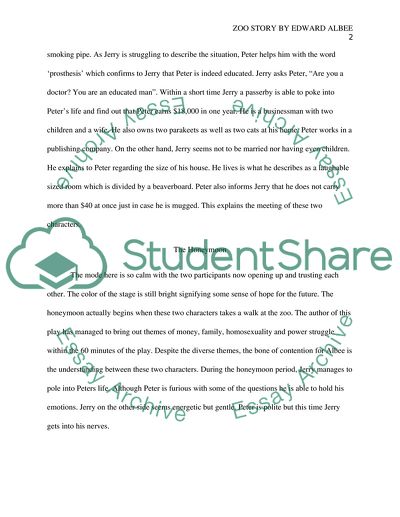Cite this document
(“Zoo Story Analysis by Edward Albee Book Report/Review”, n.d.)
Retrieved from https://studentshare.org/literature/1626411-zoo-story-analysis-by-edward-albee
Retrieved from https://studentshare.org/literature/1626411-zoo-story-analysis-by-edward-albee
(Zoo Story Analysis by Edward Albee Book Report/Review)
https://studentshare.org/literature/1626411-zoo-story-analysis-by-edward-albee.
https://studentshare.org/literature/1626411-zoo-story-analysis-by-edward-albee.
“Zoo Story Analysis by Edward Albee Book Report/Review”, n.d. https://studentshare.org/literature/1626411-zoo-story-analysis-by-edward-albee.


